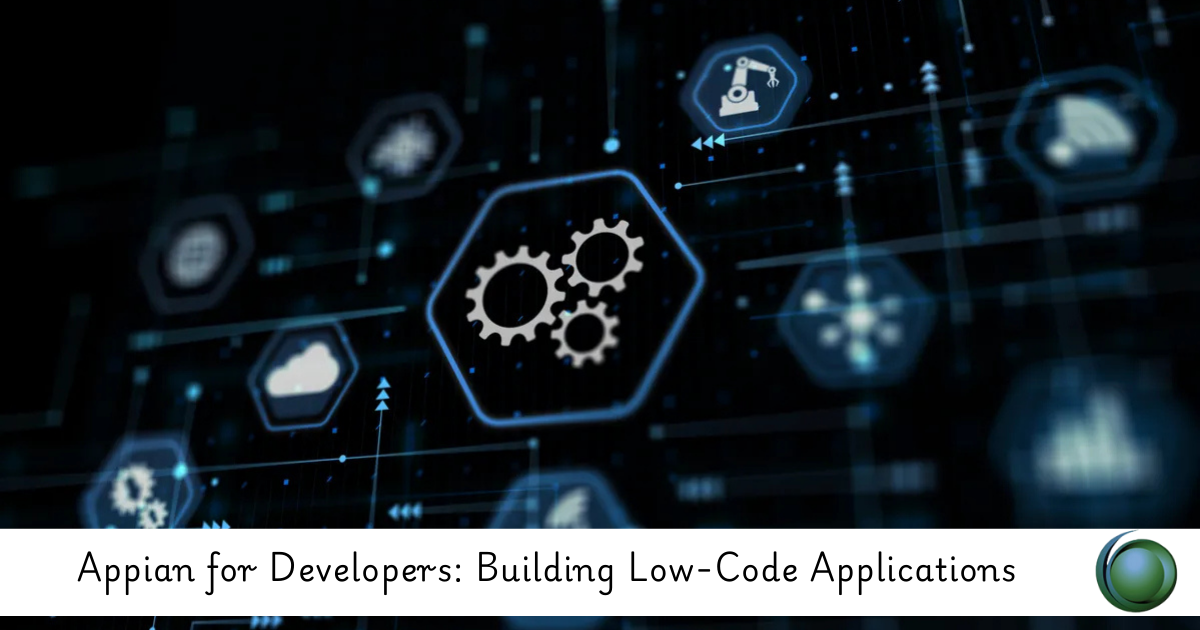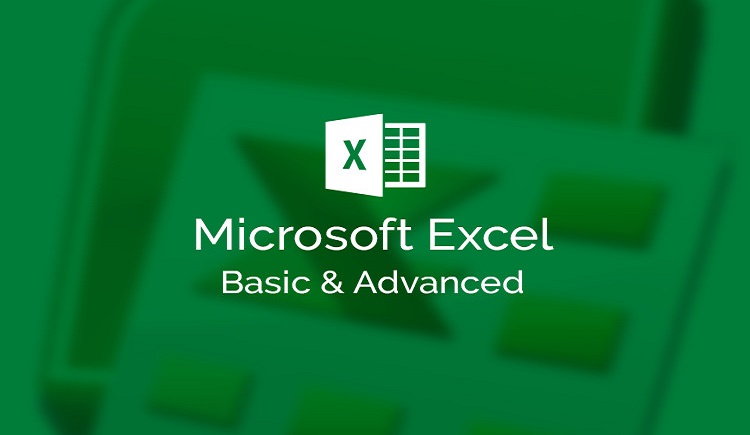Description
Introduction
Appian for Developers: Building Low-Code Applications is designed for developers who want to leverage the power of Appian’s low-code platform to rapidly build scalable applications. Appian provides an intuitive environment for developing robust applications without requiring extensive coding knowledge. This course covers how to create custom applications, automate workflows, manage data, and integrate with external systems. Developers will learn to efficiently build enterprise-level applications using Appian’s low-code tools, enabling them to deliver high-quality applications faster and with fewer resources.
Prerequisites of Appian for Developers
- Basic understanding of software development concepts
- Familiarity with web development technologies (HTML, CSS, JavaScript) is helpful but not required
- Interest in learning low-code application development
- Basic knowledge of databases and business process management (BPM)
Table of Contents
- Introduction to Low-Code Development with Appian
1.1 What is Low-Code Development?
1.2 The Appian Platform Overview(Ref: Mastering Appian: Advanced Process Management)
1.3 Benefits of Low-Code Application Development
1.4 How Appian Facilitates Rapid Application Development - Getting Started with Appian for Developers
2.1 Setting Up Your Appian Environment
2.2 Navigating the Appian Designer Interface
2.3 Understanding Appian’s Low-Code Tools and Features
2.4 Introduction to Appian Objects and Components - Building Basic Applications in Appian
3.1 Creating Your First Appian Application
3.2 Using Appian’s Pre-built Templates
3.3 Defining Data Types and Records
3.4 Designing User Interfaces with Appian Forms
3.5 Implementing Basic Workflow Automation - Advanced Appian Application Development
4.1 Building Advanced User Interfaces with Appian
4.2 Creating Complex Forms and Views
4.3 Developing Custom Widgets and Components
4.4 Implementing Conditional Logic and Actions in Forms
4.5 Managing User Permissions and Security - Integrating Data in Appian
5.1 Data Structures: Records and Data Types
5.2 Integrating External Databases and APIs
5.3 Using Appian’s Expression Language for Data Manipulation
5.4 Leveraging Appian’s Data Synchronization Features
5.5 Handling Large Data Sets and Query Optimization(Ref: Optimizing Performance in Nuix for Large Data Sets) - Automating Business Processes with Appian
6.1 Introduction to Business Process Management (BPM) in Appian
6.2 Building and Deploying Process Models
6.3 Managing Workflow Automation with Appian Tasks
6.4 Implementing Complex Workflow Rules and Conditions
6.5 Integrating Appian with Enterprise Resource Planning (ERP) Systems - Appian Integration with External Systems
7.1 Web Services and REST APIs in Appian
7.2 Integrating with Cloud-Based Systems and Applications
7.3 Using Appian’s Integration Designer for Custom Connectors
7.4 Real-Time Data Integration: Event Handling and Triggers
7.5 Integrating Appian with Third-Party Services (CRM, HRM, etc.) - Debugging, Testing, and Deploying Appian Applications
8.1 Debugging Appian Applications Using Logs and Errors
8.2 Automated Testing for Appian Applications
8.3 Deployment Strategies: From Development to Production
8.4 Managing Application Versions and Updates
8.5 Monitoring and Optimizing Application Performance - Appian’s Advanced Features for Developers
9.1 Implementing Custom Actions and Business Rules
9.2 Using Appian for Mobile Application Development
9.3 Leveraging Appian’s Smart Services for Business Automation
9.4 Customizing Application Design with Appian SAIL
9.5 Best Practices for Application Scalability and Performance - Best Practices for Low-Code Development in Appian
10.1 Ensuring Code Quality in Low-Code Applications
10.2 Enhancing Collaboration Between Developers and Business Users
10.3 Managing Complex Applications with Appian
10.4 Security Considerations for Appian Applications
10.5 Real-World Case Studies and Success Stories - Capstone Project: Building a Low-Code Application with Appian
11.1 Project Overview and Requirements
11.2 Designing and Implementing the Application Workflow
11.3 Integrating Data and External Systems
11.4 Finalizing, Testing, and Deploying the Application
11.5 Project Presentation and Review
Conclusion
Appian for Developers: Building Low-Code Applications provides a complete guide for developers to master the skills needed to create powerful, scalable applications with Appian’s low-code platform. By the end of the course, you will have a deep understanding of how to design, build, and deploy applications that streamline business processes and integrate seamlessly with other systems. Whether you’re building enterprise applications or automating workflows, Appian’s low-code environment will enable you to deliver solutions faster, more efficiently, and with greater flexibility.







Reviews
There are no reviews yet.